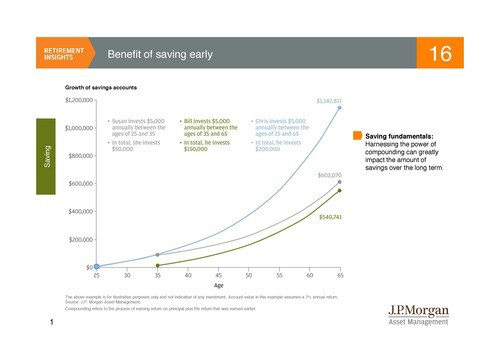Are You Taking Advantage Of Your 401(k) Employer Match?
Does your job offer workplace benefits? If so, are you aware of the benefits available to you and are you taking advantage of them all? We’ve been working with many individuals who are not only unaware of the extent of their benefits but are also not utilizing some great opportunities for them, especially their 401(k)…









